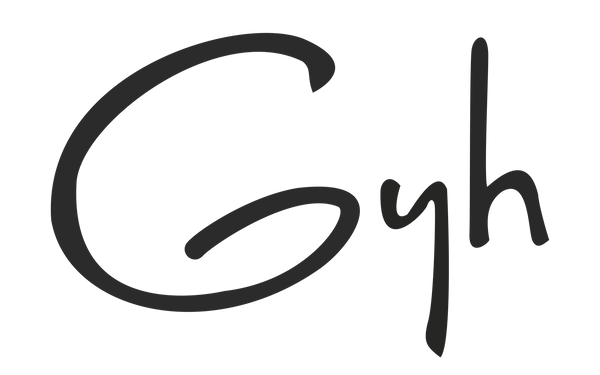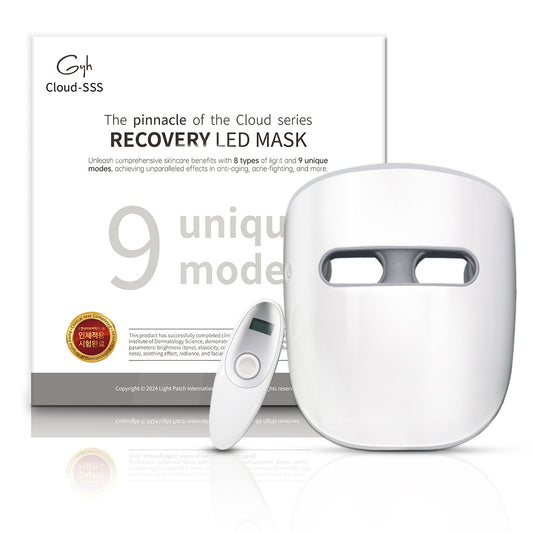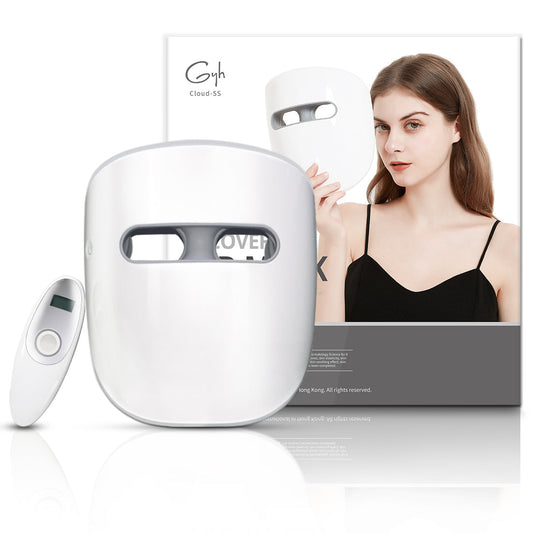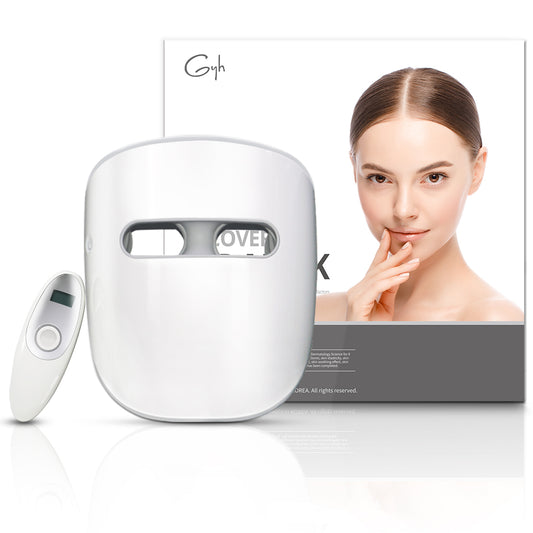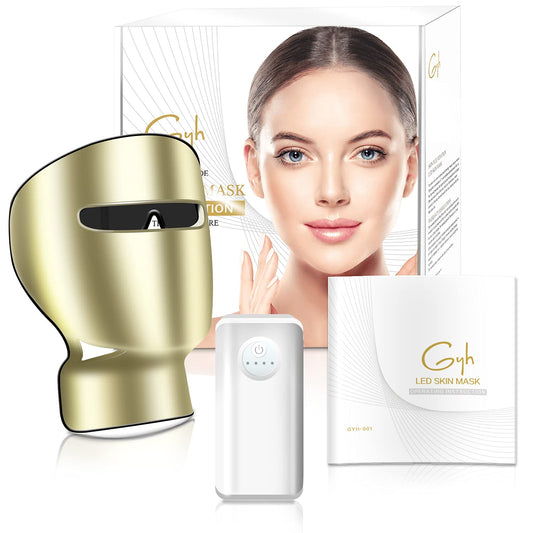
¿Es útil la fototerapia desde el punto de vista médico?
Compartir
Presumiblemente, las mujeres preocupadas por la belleza han oído hablar del "fotoenvejecimiento" y dedican mucho esfuerzo y dinero a la protección solar. Pero, ¿qué pasa con la popular "fototerapia estética" que está en auge? ¿Tiene una base científica el principio de su acción? ¿Es perjudicial para nuestra piel? Hoy, discutamos la última tecnología de fototerapia estética y sus ventajas en comparación con otras tecnologías de belleza populares (RF, Termomagnetismo, Microcorrientes, etc.).
Primero, entendamos qué es la luz: ——Esto nos ayudará a comprender mejor qué tipo de luz debemos "evitar" y cuál puede ser más beneficiosa para nosotros en términos de belleza.

From LED to Infrared: Understanding Phototherapy Technologies
In the image provided, the vibrant colors represent visible light, which is utilized in traditional LED phototherapy. Unlike typical lasers, LEDs offer lower output power and a gentler light, minimizing potential damage to tissue cells and avoiding the occasional harm to the eyes associated with lasers.
Color Variations and Their Medical Benefits:
- Blue LED: Effective in combating acne and blackheads due to its bactericidal properties against cells and sebaceous glands.
- Red LED: Penetrates deeply into the skin, stimulates collagen production, reduces skin laxity, and enhances elasticity. Red LEDs at a wavelength of 633 nm are commonly used in aesthetic medicine.
- Green LED: Can improve pigmentation and alleviate jaundice.
- Purple LED: Useful in killing mold.
- Yellow LED: Activates cell repair functions.
Infrared Light and Its Role in Skincare:
Recent advancements in phototherapy include the integration of infrared light with red LEDs. Concerns about infrared light’s safety and effectiveness compared to LEDs are common. Interestingly, 50% of sunlight is infrared (split into near-infrared and far-infrared), while ultraviolet rays, often blamed for photoaging, comprise only 10%. Ignoring infrared rays can lead to accelerated photo-aging and skin and muscle deterioration. However, minimal infrared exposure can activate "myofibroblasts" in muscle cells, promoting collagen production and offering benefits for skin rejuvenation.
Comparing Phototherapy with Other Treatments:
-
Radio Frequency (RF): Non-invasive and involves transmitting RF energy through the skin to heat and tighten tissues. Most home RF devices operate at 0.4-1 MHz, targeting the skin layer.
-
Microcurrent: Mimics biological currents to stimulate muscles and enhance blood circulation, but only affects superficial skin layers and cannot address deep aging issues.
-
Thermage: Uses RF to burn dermal tissue, triggering healing and collagen production. It operates at depths of 2.6-3.0 mm, primarily reaching the dermis and not the fascia layer. This treatment is expensive and typically performed annually.
-
Near-Infrared: Offers strong biological effects and can address conditions less responsive to other methods. It promotes collagen and elastic fiber production and helps alleviate muscle contractions.
Choosing the Right Phototherapy Device:
For basic daily maintenance, a device featuring low-frequency iontophoresis and red LED is sufficient and reasonably priced. For quicker results, professional treatments at salons or hospitals are more effective, albeit more costly.
Among home devices, I recommend the LED Face Mask, GYH 7 Colors LED Skin Mask. This ultra-light, wireless mask weighs only 260g, significantly enhancing comfort. It features a simple one-button controller and an automatic mode, perfect for a 20-minute treatment after facial cleansing. The mask offers seven color options, making it a versatile choice for skin rejuvenation.
